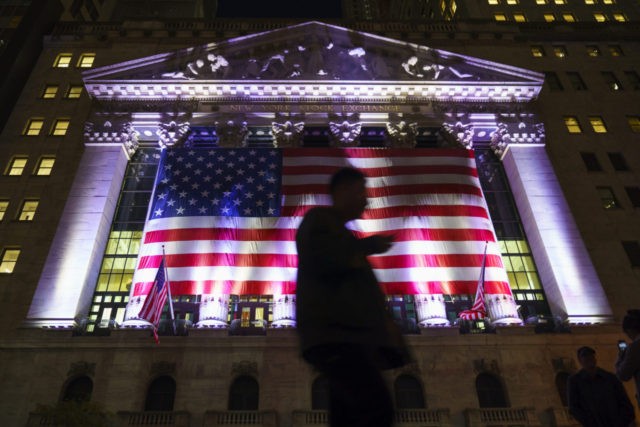The number of Americans filing for unemployment benefits last week rose from near a 45-year low, according to Labor Department data released Thursday.
In a separate report, the Labor Department said its producer price index rose in January 0.4 percent compared with the previous month.
Both numbers were exactly on target of the consensus forecast by economists.
Initial claims for unemployment benefits rose to a seasonally adjusted 230,000 for the week ended February 10, up 7,000 from the prior week. The prior week was also revised up by 2,000 claims. Economists consider any figure below 300,000 claims to be indicative of a strong labor market. Last week was the 154th straight week in which claims have come in below that line.
The unemployment rate is 4.1 percent, the lowest level is 17-years. Many economists argue that the economy is near full-employment, meaning that any further growth will come at the cost of higher inflation. Tight labor markets push wages higher, which over time tends to cause prices to rise.
There are, however, indications that economy may still have room to grow without giving rise to inflation. Labor market participation is still abnormally low, particularly among working age men. Corporate profits margins are high, which may give wages room to rise without pushing prices higher.
The Labor Department’s Producer Price Index, or PPI, rose in January. Although the monthly number hit the bullseye of economists’ forecast, on a 12-month basis price were up 2.6 percent compared with 2.5 percent expected. Core PPI, which excludes more volatile food and energy prices, was surprisingly higher. On a month-to-month basis, it rose 0.4 percent, compared with an expected 0.2 percent gain.
The PPI measures the change in prices received by domestic producers of goods and services. It is different from the better-known Consumer Price Index, or CPI, which measures prices paid by consumers and is typically considered the definitive measure of inflation in the economy. A rising PPI is associated with a rising CPI but they do not necessarily move in lockstep.
The stock market, which seemed to convulse at any suggestion of inflation or labor market tighteness last week, appeared unphased by Thursday’s numbers. Stock futures indicated rising stock prices after the release of the PPI and jobless claims.

COMMENTS
Please let us know if you're having issues with commenting.